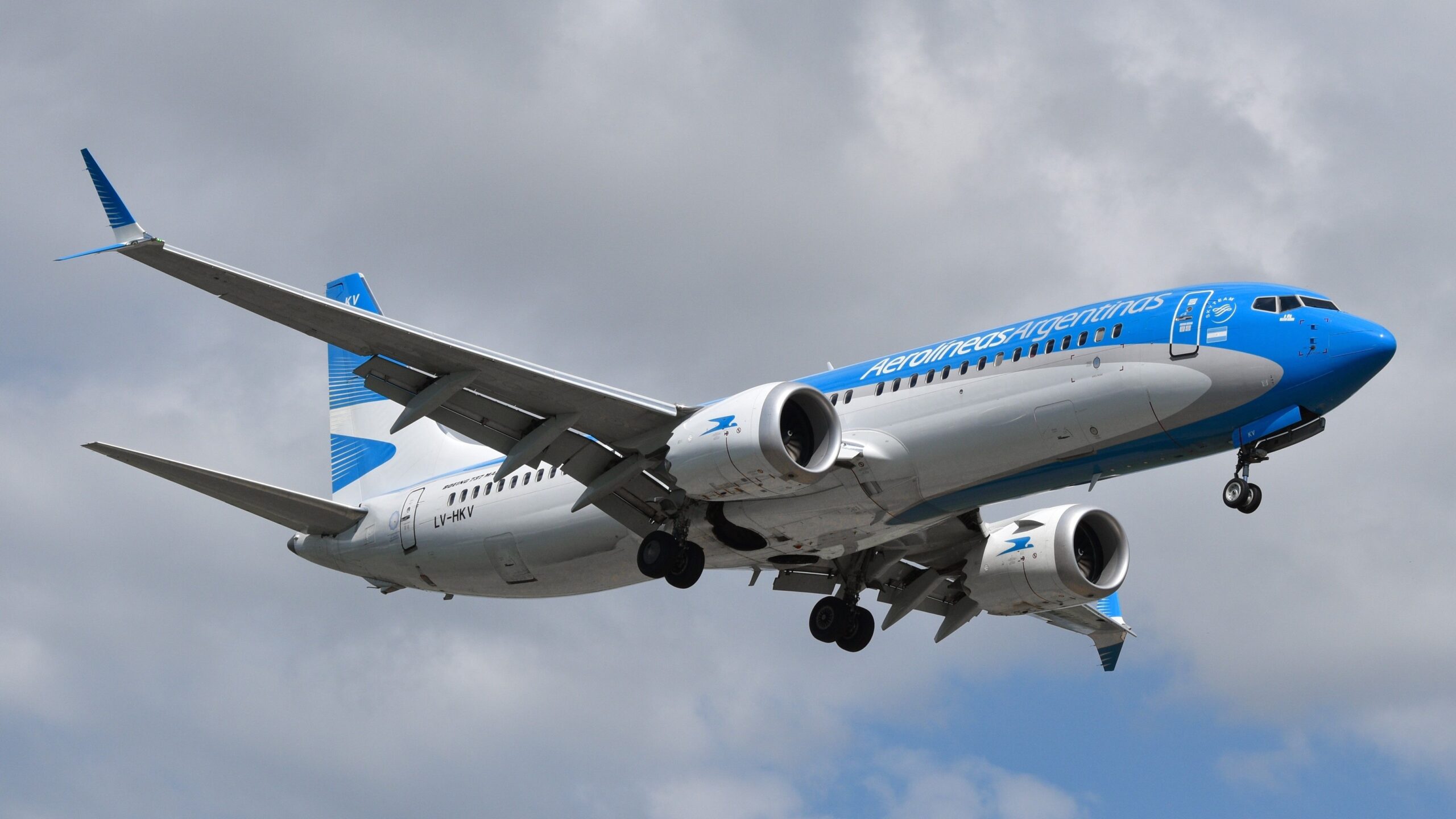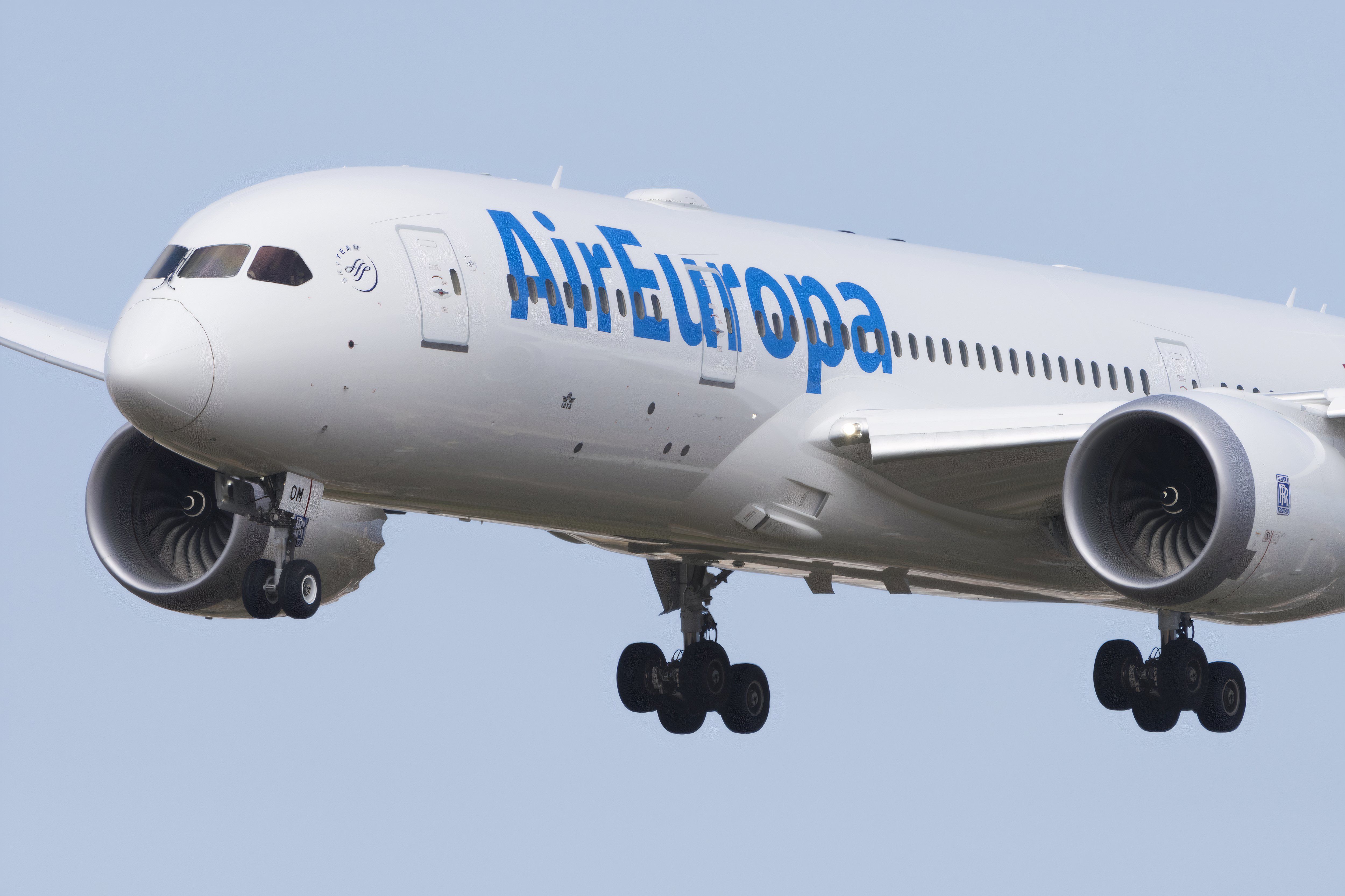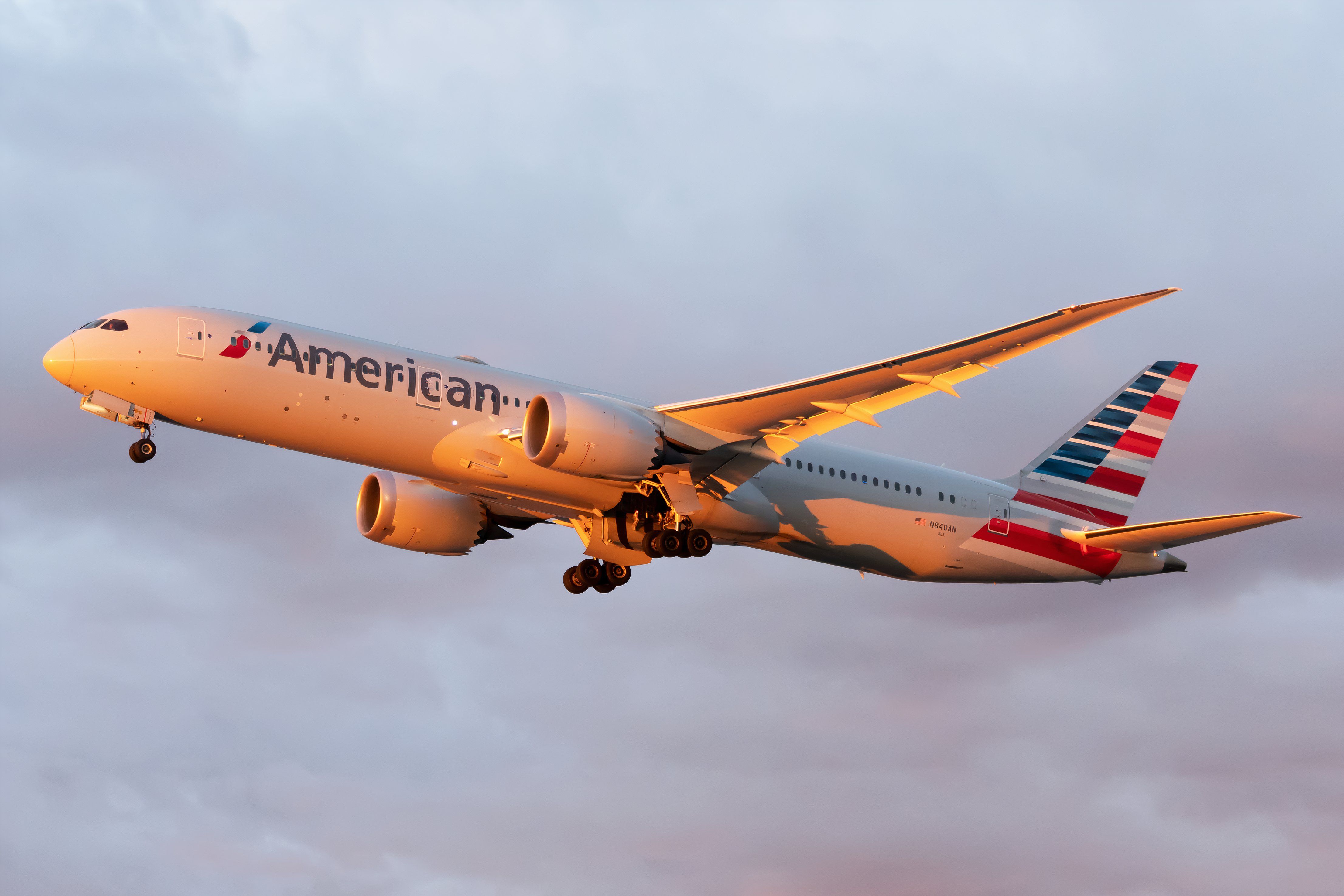Summary
- Aerolíneas Argentinas Boeing 737 MAX 8 experienced wing flex and moderate turbulence over mountainous regions.
- Aircraft wings are designed to withstand significant loads and flexing, ensuring safety during normal operations.
- Recent turbulence incidents have led to increased safety measures within the industry and airlines integrating technologies to minimize risks.
A recent post shared on social media shows the window view from an Aerolíneas Argentinas Boeing 737 MAX 8, experiencing a considerable wing flex as the aircraft passes over a mountainous region. From the shaky hand-held video and passengers audibly exclaiming and screaming in the background, it is clear that the turbulence experienced can be classified as “Moderate”.
Flexing the wings
While everyone loves a good wing view when flying on an airplane, it can oftentimes be alarming to see the wings of an aircraft flexing up and down if the passenger does not know that the aircraft wing is perfectly capable of withstanding significant loads and flexing.
Every component of the aircraft has an assigned Design Limit Load (DLL) and a Design Ultimate Load (DUL).
While DLL is the load, parts of the aircraft (such as the wings) are designed to experience, during normal operations, the DUL is 150% of DLL, which is the minimum requirement for certification. During the design phase of an aircraft type, the manufacturers will test the wing flex by mechanically pulling the wings upward to ensure the wings can safely handle the flex caused by the simulated DLL and DUL.
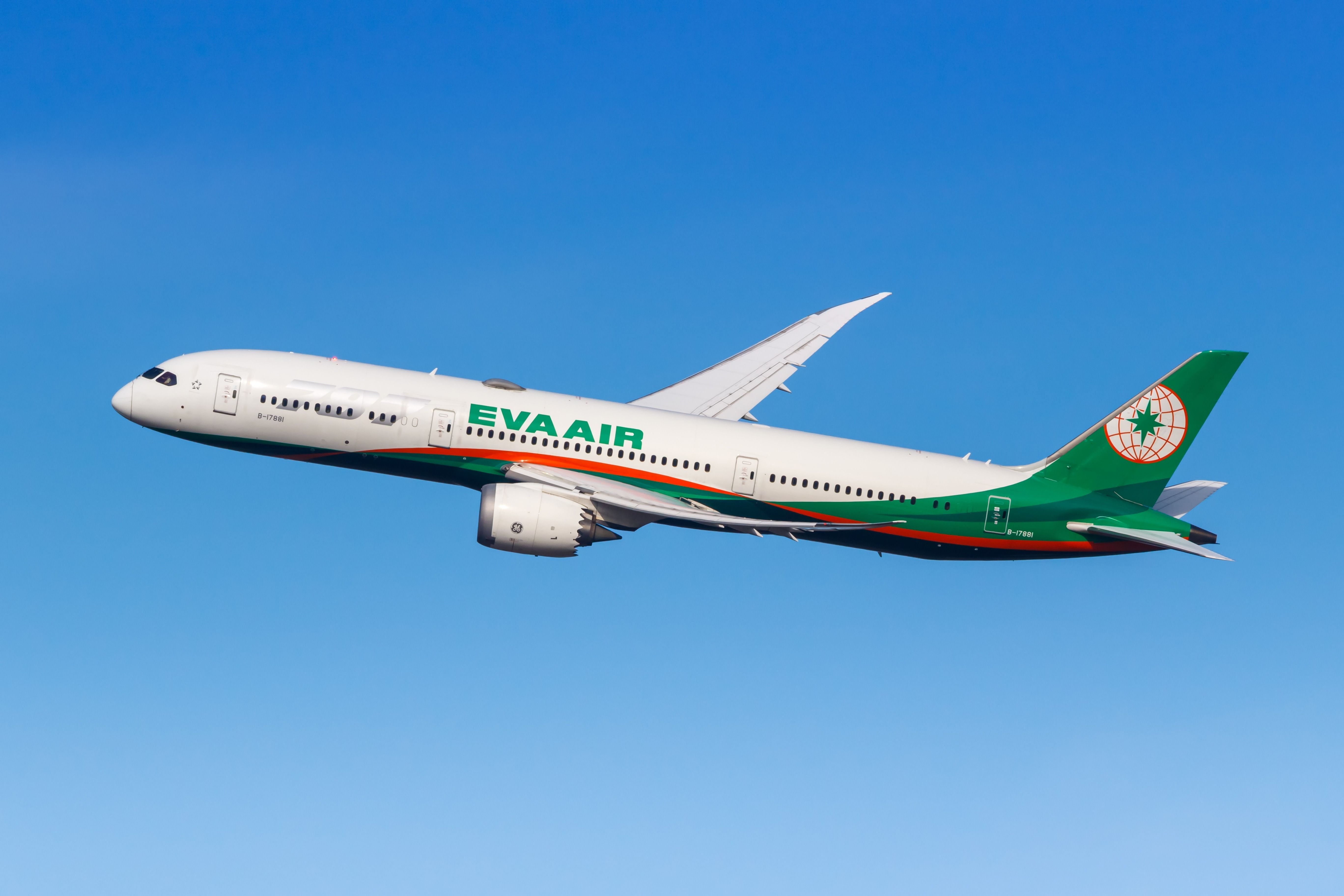
Related
How Much Can The Boeing 787’s Wings Flex?
The aircraft’s distinctive wing flex is one of its defining features.
Regardless, a window view such as the one posted on X by a flyer can be a bit concerning.
While the post does not specify details such as the route of the aircraft or the date of this flight, from the livery on the split scimitar winglet and the aircraft registration (LV-HKW) on the wing, the aircraft can be identified as a six-year-old Boeing 737 MAX 8, operated by Aerolíneas Argentinas.
Turbulent times
In recent months, there have been multiple reports from around the world of flights operated by various airlines experiencing incidents of severe turbulence. The most unfortunate case was that of a Singapore Airlines Boeing 777 experiencing severe turbulence, during which there was an unfortunate fatality.
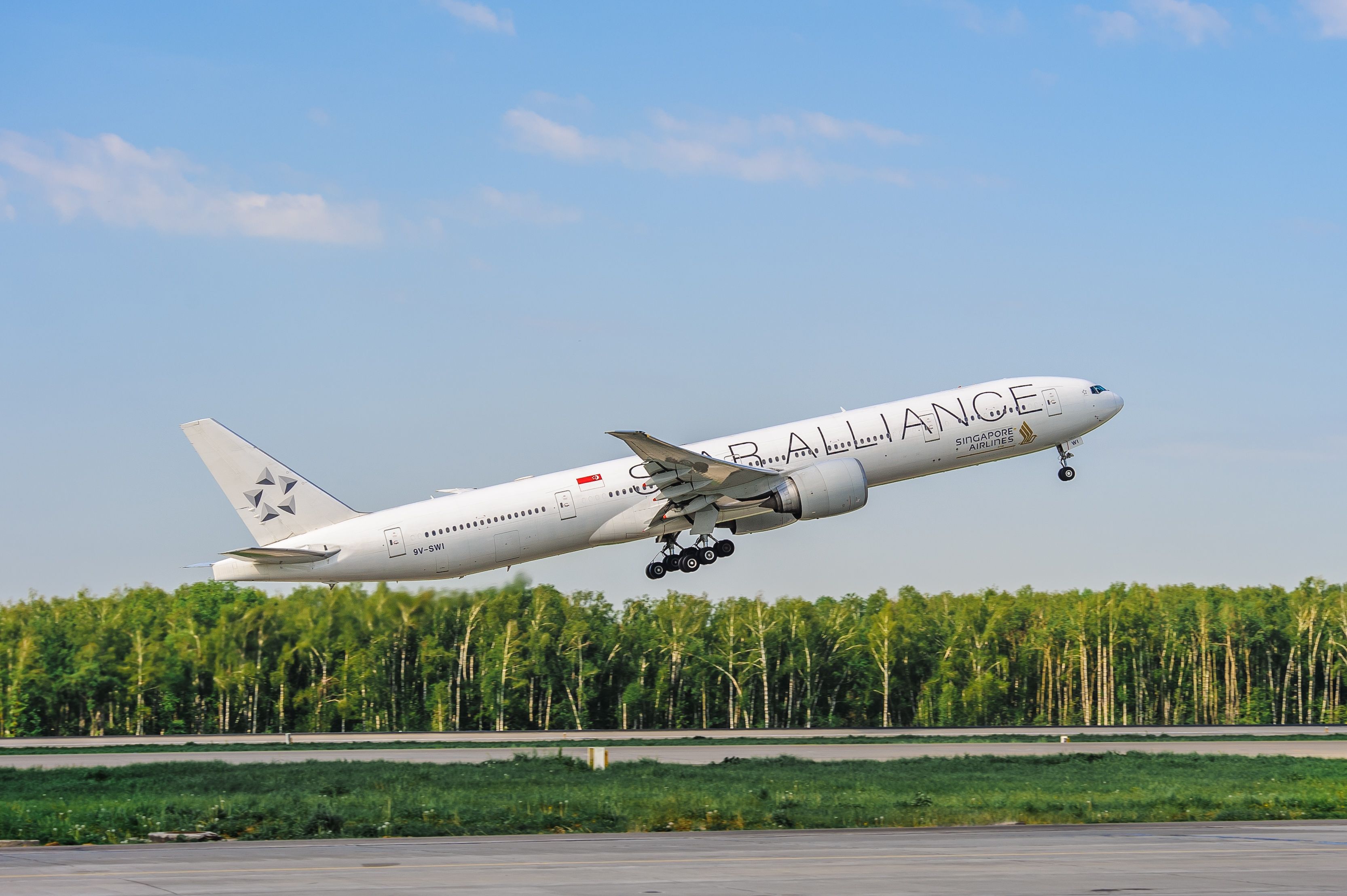
Related
Boeing 777 Involved In Fatal Turbulence Incident Returns To Singapore
It is unclear how long with aircraft will remain out of service.
A more recent incident involved an Air Europa Boeing 787, in which, due to the severity of the turbulence, over 10 passengers were injured, and a passenger was thrown up into the overhead luggage bins.
Photo: Luciano de la Rosa | Shutterstock
With concerns rising over the string of recent turbulence-related incidents, the industry as a whole is taking steps to ensure maximum safety for passengers and crew members. Carriers such as Emirates have partnered with IATA and Lufthansa Systems to integrate new technology related to turbulence awareness, which helps the flight crew with real-time navigational information and avoid turbulence.
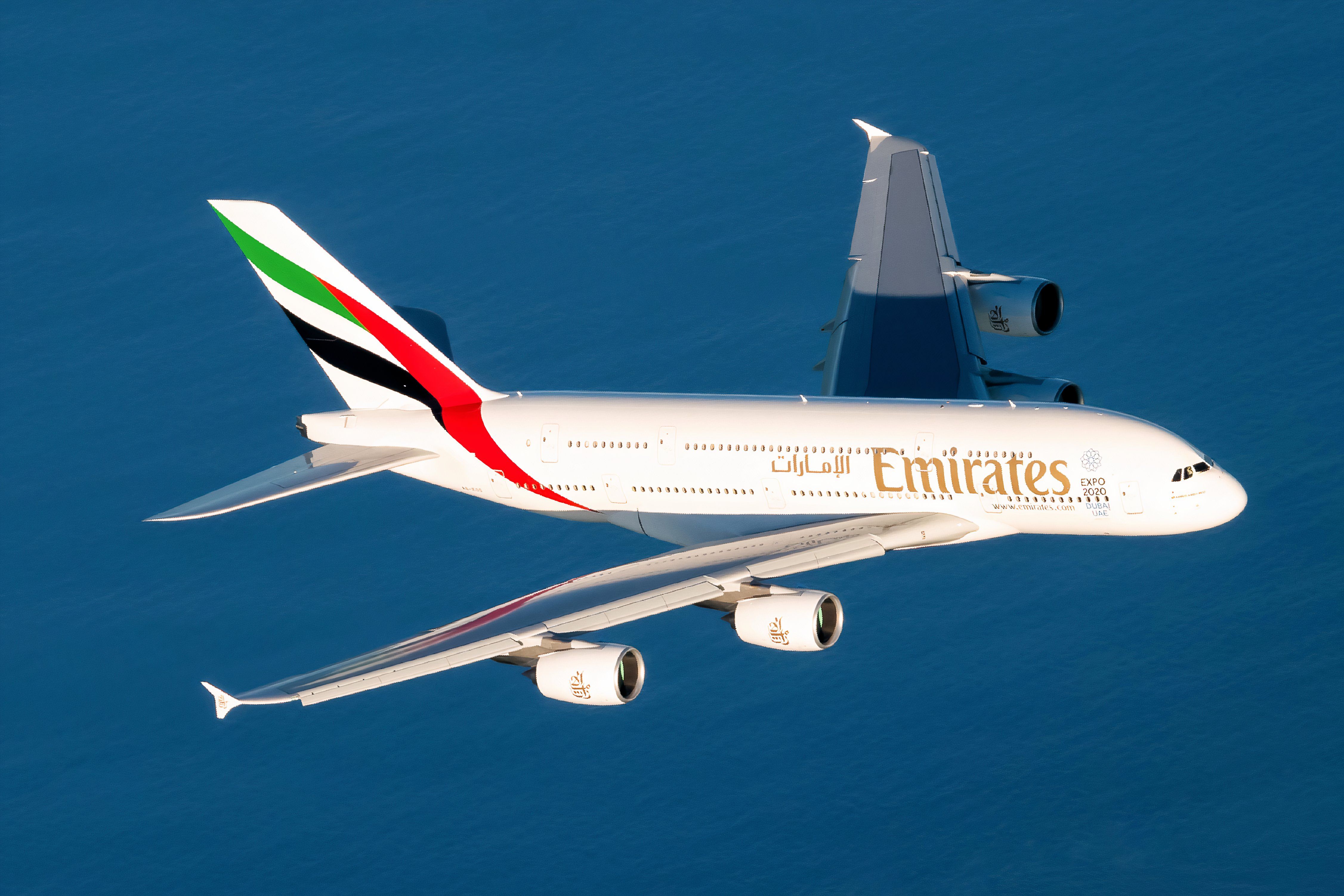
Related
Emirates 1st To Add IATA Turbulence Aware To Its Planes With Lufthansa Systems Lido MPilot
Turbulence remains a major safety concern.
What is turbulence? Is it dangerous?
Turbulence is basically the rapid and unpredictable movement of bodies of air due to disruption in air flow such as jet streams or mountains. While often the disruption of air can be seen depending on the meteorological conditions, it can be dangerous if it does not have any physical attributes, at which point it is considered as Clear Air Turbulence (CAT).
While turbulence is definitely uncomfortable, passengers need not worry about the aircraft being able to handle the stresses, because all aircraft types have been certified to safely operate in various turbulent environments.
Photo: Vincenzo Pace | Simple Flying
Data suggests that on average only 12 serious turbulence-related injuries are reported in the US every year and between 2009 and 2022, there have only been 163 serious turbulence-related injuries. Yes, there has been an increase in the number of incidents lately, but rest assured, aviation still remains the safest mode of transportation in the world.

Related
Is Flying Safer Than Driving? 5 Key Considerations
A deep dive into the modern aviation industry to assess if flying is safer than driving.

